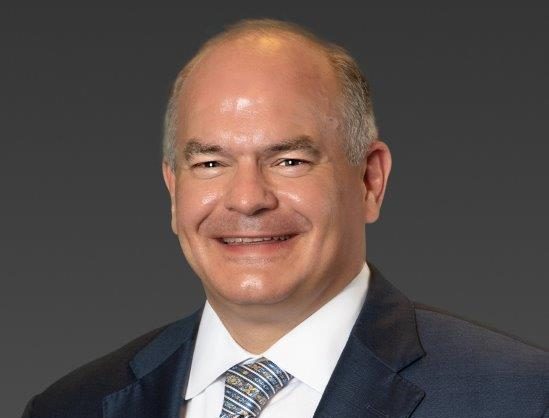As questions about Social Security mount, the amount young Americans are saving is even more critical. Here’s how you can work with an advisor to strengthen your financial future.
FOR GENERATIONS OF SAVERS, Social Security has been an essential part of retirement planning, providing a guaranteed monthly payment for life that adjusts for inflation. Although they never intended to be the sole source of retirement income, many young Americans today realize that the amount of this monthly payment may be less than they had planned when they retire. In fact, according to an October 2021 CivicScience poll, more than 53% of 25- to 44-year-olds doubt Social Security is even there for them.
To what extent are these concerns justified? Without changes to the system, the Social Security Administration will not be able to pay scheduled benefits in full and on time starting in 2034, according to the Social Security Board of Trustees’ latest annual report. But that doesn’t mean you won’t get money when you retire; according to the report, you would probably still receive about three-quarters of your Social Security benefits. The cause of the shortfall is simple: the number of people applying for benefits is increasing, while the number of working-age people contributing to social security through payroll taxes is decreasing.
Many proposals have been floated to strengthen Social Security, says Gal Wettstein, senior research economist at Boston College’s Center for Retirement Research. But today’s workers are likely to rely less and less on Social Security as a key part of their retirement income strategy, even after a fix is implemented. “For young savers in particular, the money you save and invest personally will likely continue to play a bigger role in determining your financial security in retirement,” says Joe Tantillo, director, Retirement and Personal Wealth Solutions at Bank of America. Using these four steps, an advisor can help you develop a plan designed to create the income you’ll need in retirement.
Save and invest more for your future
It is important to start saving and investing early. Thanks to the power of compound interest, someone who started saving $500 a month at age 25 would have $588,000 by age 55, assuming a long-term return of 7%, while someone who started saving the same amount 10 years later would only be about half as much, or $256,000.
It might also help you reconsider your asset allocation. While fixed-income securities have their place in retirement income, investing more of your savings in stocks and dividend-paying stocks could help increase the potential for your nest egg to grow.
Another investment option to consider is investing some of your savings in an annuity, says Tantillo. These insurance contracts provide tax-sheltered growth on your assets and can create a steady stream of income for life or for a period of time specified in the contract. “An annuity can provide an additional guaranteed income stream to supplement what you receive from Social Security,” he adds. An advisor can help you understand the different types of annuities and what they can offer, as well as their risks, and help you establish an appropriate investment mix based on your goals, age, cash flow needs and your risk tolerance.
take advantage of everything your pre-tax savings options
If you qualify for a 401(k), consider contributing the maximum. (In 2022, that’s $20,500 for people age 55 or older.) Contribute at least the amount needed to get your full employer if your employer offers one. Then consider increasing your contribution each time you get a raise.
If your employer offers a high-deductible health insurance plan, consider selecting it so you can contribute to a health savings account (HSA). “Contributions come from your pre-tax paycheck, grow tax-free, and also come out tax-free, as long as you use the money for eligible medical expenses,” says Tantillo. Funds can be rolled over from year to year, helping you prevent health care costs from eating into your retirement savings.
Keep tax efficiency in mind
Awareness how to draw on your retirement assets in the most tax-efficient way is another key to increasing your retirement income. As a general rule, it’s best to withdraw from your taxable accounts first, then tax-deferred, then tax-free, says Tantillo. When you’re ready, an advisor can help you design a plan that helps you optimize your income stream with taxes in mind.
Although Social Security may play a more limited role in your retirement income in the future, it is a foundation on which you can build your monthly income. Don’t leave any of it on the table, if you can help it. And don’t forget that applying before full retirement age reduces your benefits – for life. For each year you wait to claim, up to age 70, your monthly benefit increases by approximately 8%.
No matter what happens to Social Security, “maximizing the income you get from all your sources will go a long way toward helping you live the life you want in retirement,” Tantillo says. And regularly reviewing your strategies with an advisor as your spending and financial priorities change can help you keep that retirement goal on track.
For more information, contact Merrill Lynch’s financial advisor, Jeffery D. Price of Price & Associates, at [email protected] or (817)-410-4940.
(Sponsored content)

